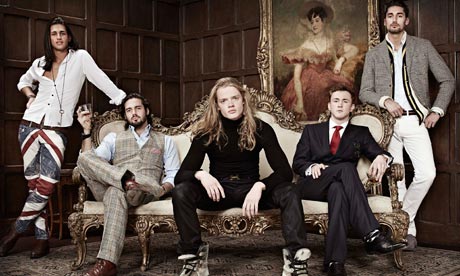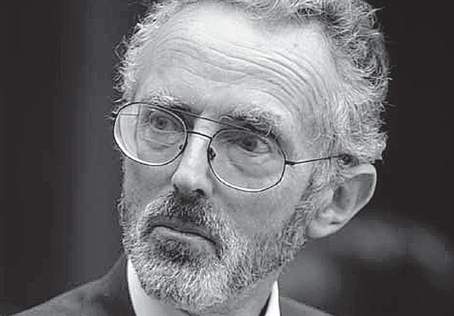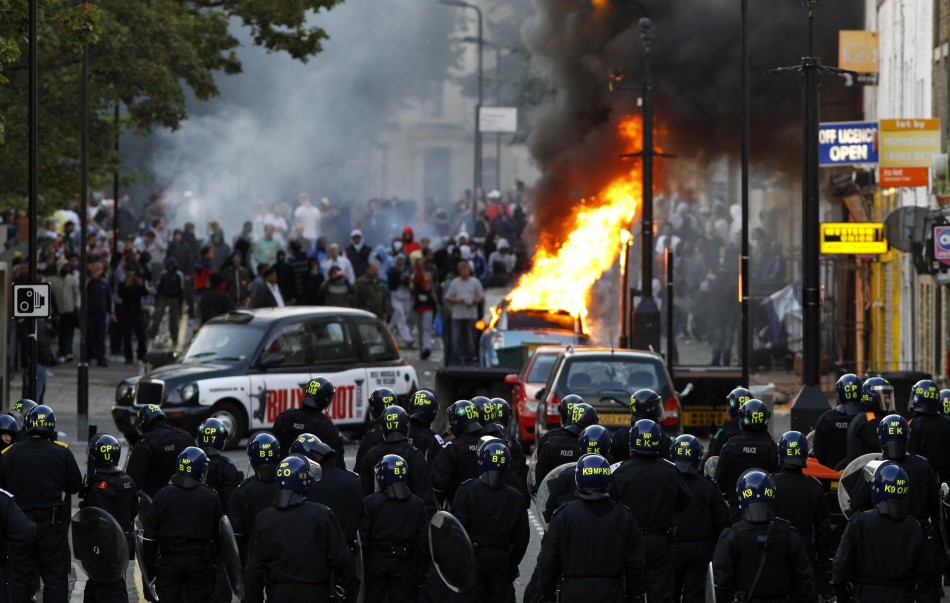Negative Portayal- Where the media portrays a particular person or social group in a negative way.
Posative Portrayal- Where the media portrays a particular person or social group in a posative.
Binary Oppostitions- Where two subjects are the polar opposites of eachother.
Connotations- An idea or meaning suggested by media texts.
Identity Construction- Where idenitiy is formed.
Buzz Words- Phrases that trigger certain reactions.
Superimpositions- In media it is where an idelogy is impressed on a person.
Socio-economic factors- Social and economic factors that characterize the individual or group within the social structure.
Association- The links between to subjects.
Association- The links between to subjects.
Sub-Cullture- A collective of people with their own distinct interests, appearance, mindset etc
Direct Address- When a media text is directed at its audience directly.
Mise-en-scene- Literally what’s on the set (costume, props, backdrop)
Social Inclusion- Is a concept used in many parts of the world to characterise contemporary forms of social disadvantage.
Enigma- Mysterious or unknown.
Enigma- Mysterious or unknown.
Puffs- Is a short snippet of text to gain attention of audience e.g. 'free toast'
Audience- The subject if a media text.
Distorted- Where the view of a media message is changed to create a different false meaning.
Audience- The subject if a media text.
Distorted- Where the view of a media message is changed to create a different false meaning.
Mediated- A persons understanding of a media text.
Media Saturated- An environment where the media is prevelent in all areas of society.
Popular Culture- Popular culture is the accepted and favoured social order and interets.
Dominant- Most important, powerful, or influential.
Iconography – Visuals associated with a person, can be part of their persona.
Iconography – Visuals associated with a person, can be part of their persona.
Submissive- The weakest or passive.
Govern- To control and direct.
Hegemonic- The dominant viewpoint.
Ideology – A set of ideas
Ideology – A set of ideas
Moral Panic- A moral panic is the intensity of feeling expressed in a population about an issue that appears to threaten the social order.
THEORIES
THEORIES
Henry Tajfels social identity theory states that assumes that indivduals strive to improve there self image by enhancing self-esteem. He argues that there are distinct in and out groups based on favourtism and discromination.
Stuart Halls theory on ideology states that ideolgical portrayals become naturalised which then mask themselves as common sense.
Henry Jenkins digital age theory states that teens are constantly updating and customising their online profiles. Adding photos, songs and posting on each others virtual walls where we use these mediums to build up a digital and social identity.
Merleau Ponty- We have an embodied experience and anything in which we use our bodies to create, we help builds our identity.
Althusser – Interpellation – We become bombarded with messaged, we become a subject rather than an individual as soon as we engage them, they control us (post modernism).
Hypodermic Needle Model – Media is like a drug, it’s all around us and we even take it in without trying. The Hypodermic Needle Model suggests that the information from a text passes into the mass consciousness of the audience unmediated; the experience, intelligence and opinion of an individual are not relevant to the reception of the text.
Michael Foucault – We are born with a basic identity. Our identity mediates as we get older and meet other people. We gain a collective identity by doing this and become part of a group. However, it can be seen as a negative to be part of a collective identity because this encourages stereotypes to be created. Once you are in a group, it’s hard to change and be seen as different
David Buckingham- Adolescence is a distinctive stage with a beginning and an end a gradual pregression to adulthood, the path is different for men and women. The progression is about 'becoming' rather then 'being' it is about what you will become.
Marxism- The theory by Karl Marx whihcb states that all members of society will be governed by work and in and in a class less system and will follow the same rules and hold similar beliefs.
Winship notion of complexity is about being prepared, in terms of an audience gratification to finally recognise an ideal version of ourselves. where a constructed audince is made.




